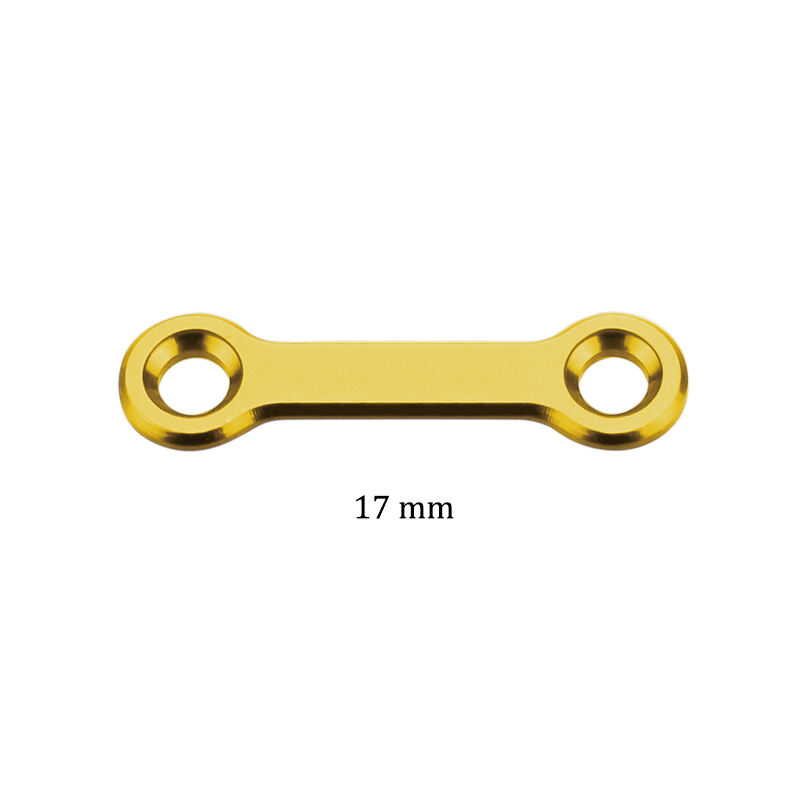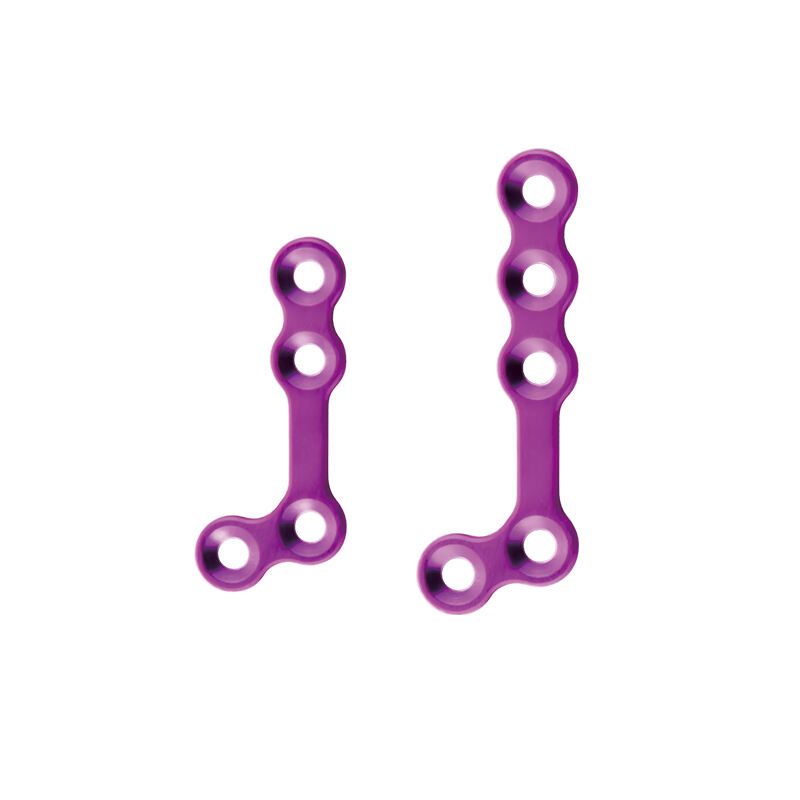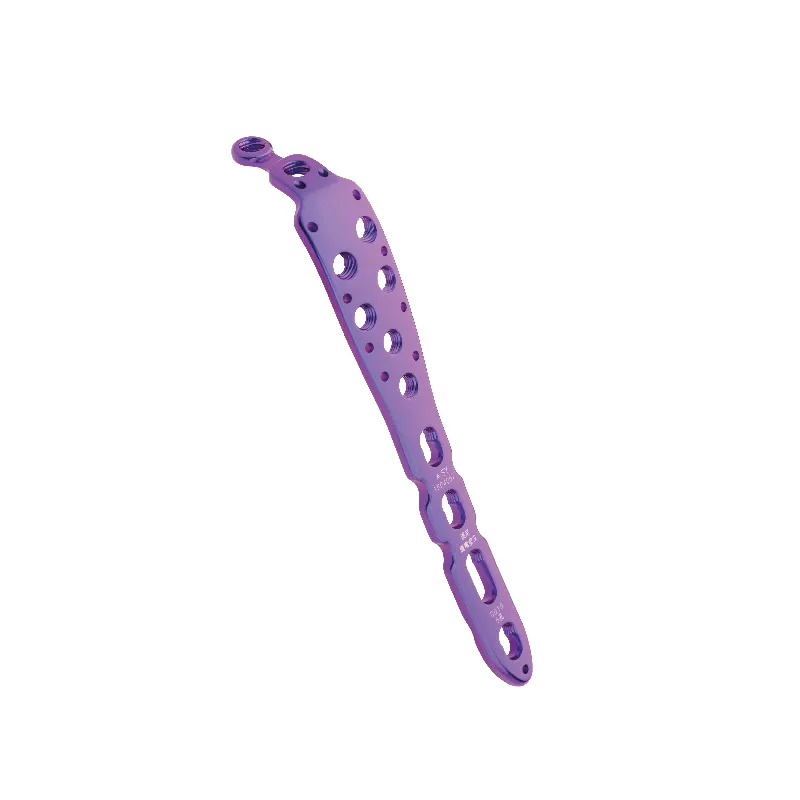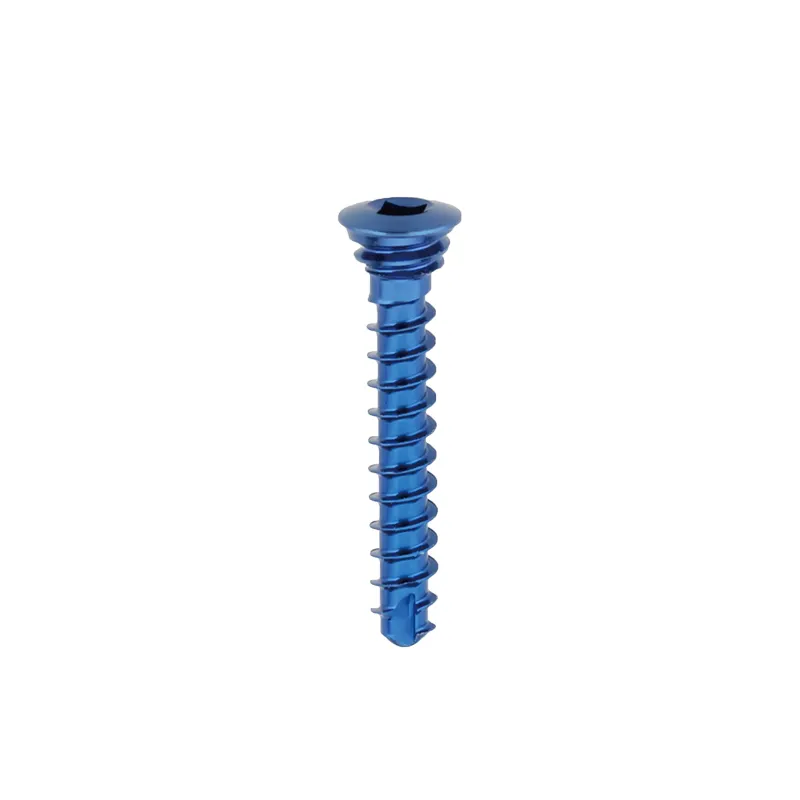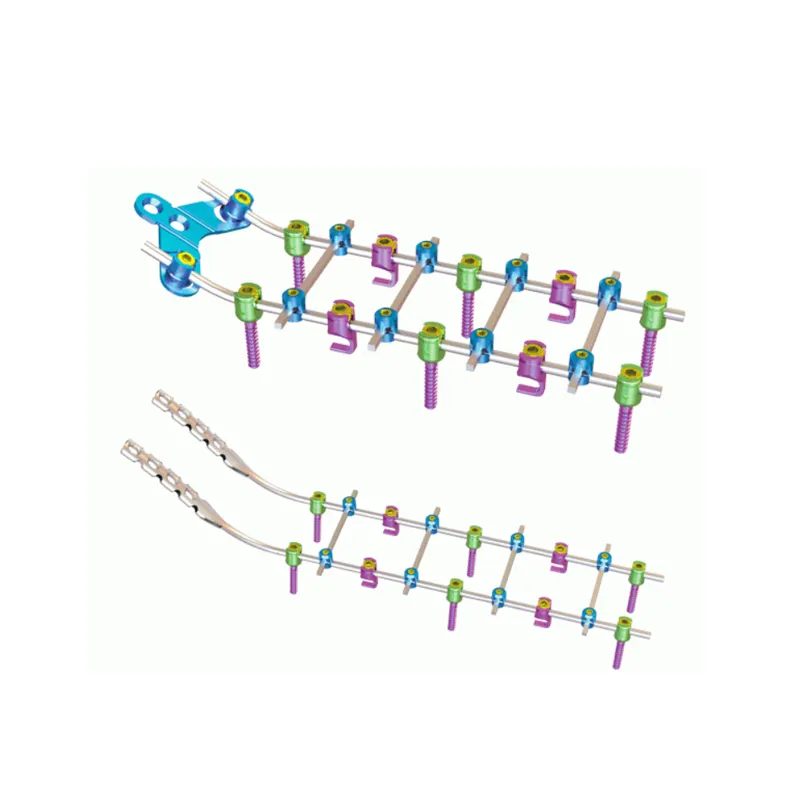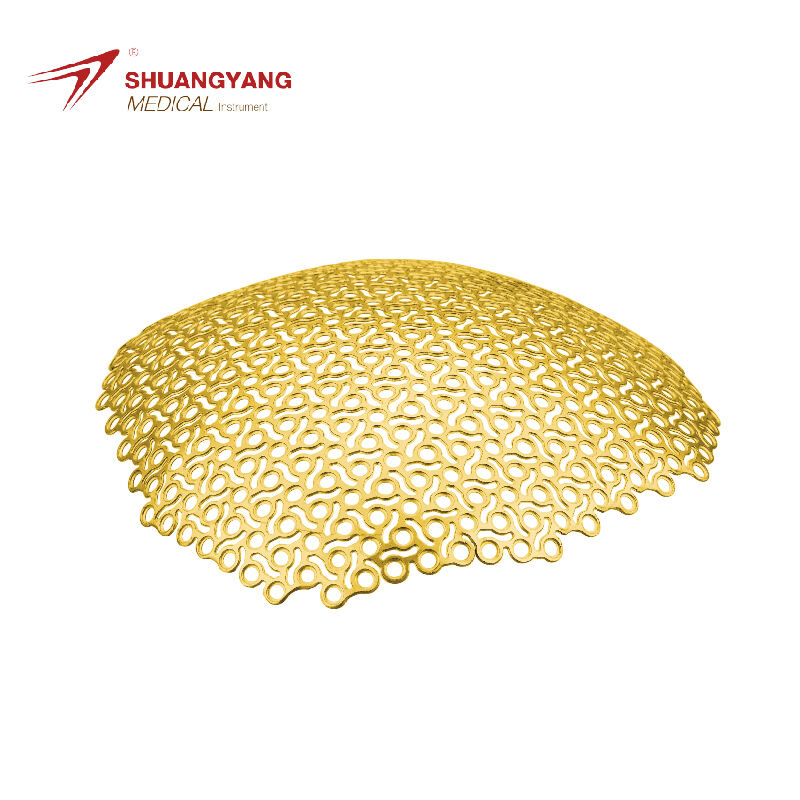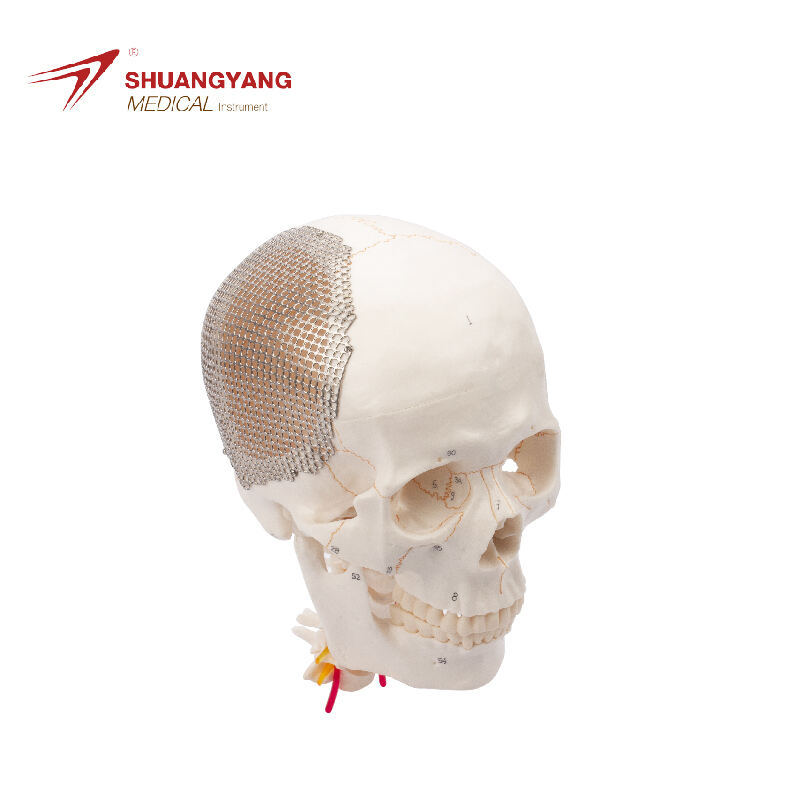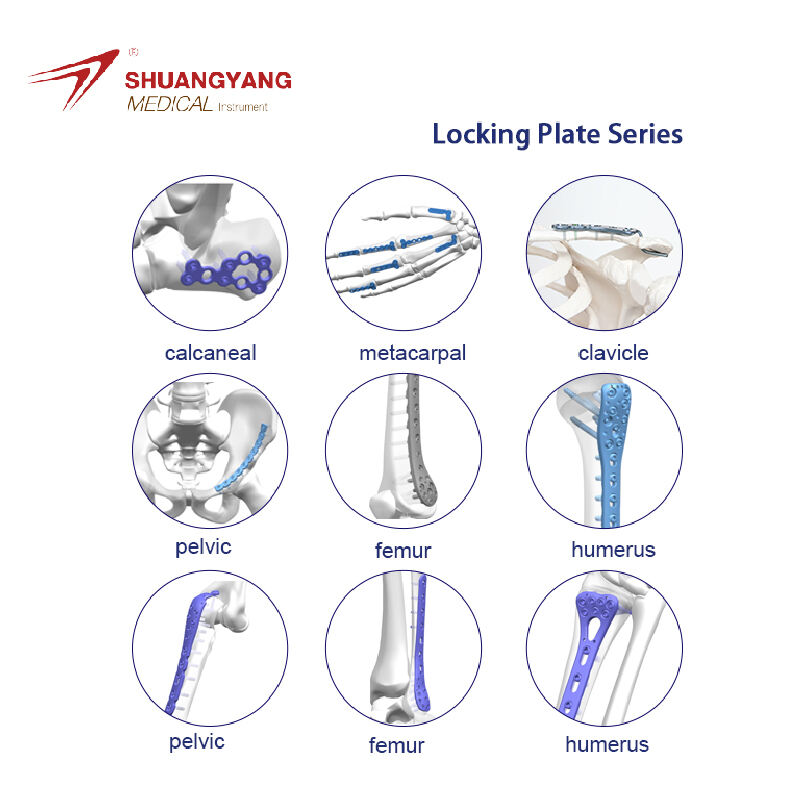cervical laminectomy
A detailed overview of the cervical laminectomy procedure elucidates its primary functions, technological features, and applications. Essentially, a cervical laminectomy is a surgical procedure designed to alleviate pressure on the spinal cord in the neck region by removing the bony lamina, which is part of the vertebral arch. This procedure is often utilized to treat conditions such as spinal stenosis, bone spurs, or herniated discs that compress the spinal cord or nerve roots. Technologically, the procedure may be enhanced with the use of minimally invasive techniques, intraoperative imaging, and neuronavigation systems, which improve accuracy and reduce recovery times. The applications of cervical laminectomy are wide-ranging, from pain management to the restoration of neurological function, making it a critical procedure for those suffering from cervical spine disorders.
 EN
EN
 FR
FR
 ES
ES
 AR
AR

